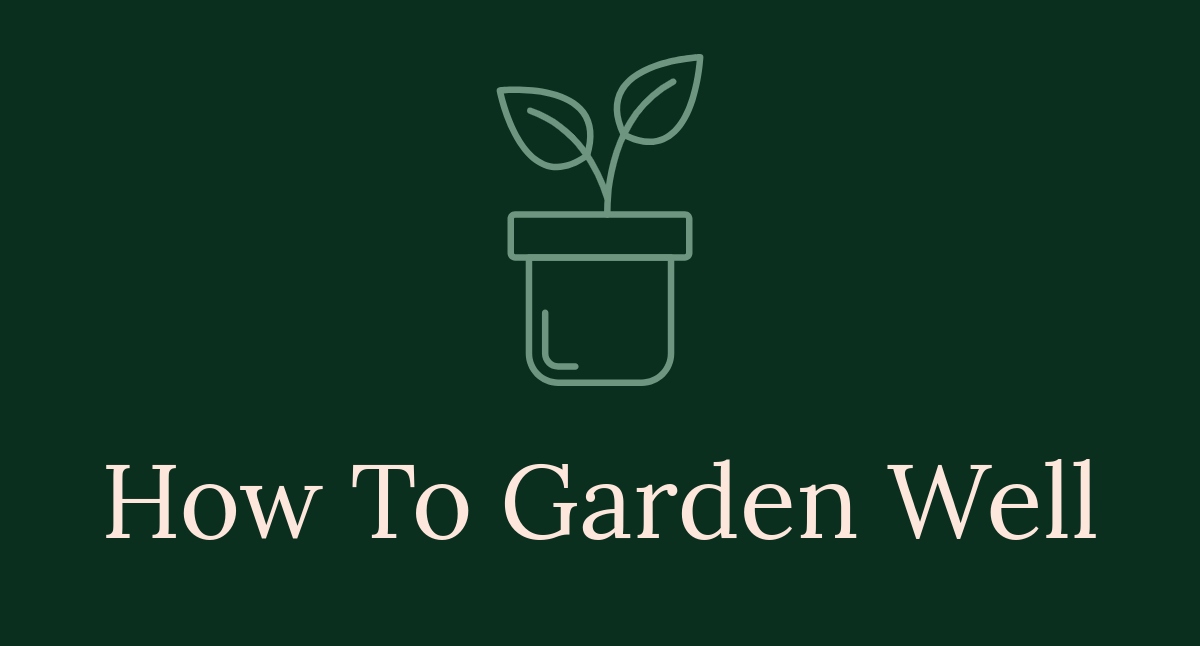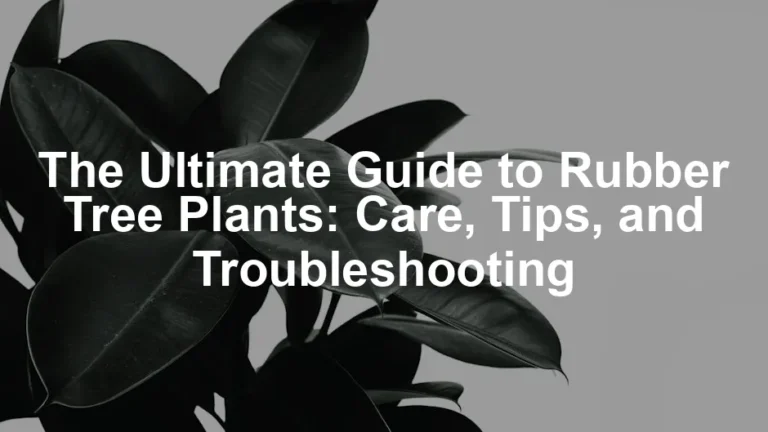

The Ultimate Guide to House Plants: Care Tips and Popular Varieties
Introduction
House plants are taking over homes everywhere! Their popularity is skyrocketing, and it’s easy to see why. They brighten up spaces and offer countless benefits. In this article, we’ll share essential care tips, spotlight popular varieties, and show you how to seamlessly integrate them into your home décor. Let’s dive in!
Summary and Overview
House plants are more than just pretty decorations. They serve as living art pieces that enhance any room. Not only do they improve the atmosphere, but they also offer significant health benefits. Studies show that house plants can purify the air, reducing toxins and increasing humidity. This can lead to better respiratory health and a calmer environment.
The variety of house plants is astounding! From low-light options to vibrant, sun-loving species, there’s something for everyone. They adapt well to various living conditions, making them perfect for any lifestyle. If you’re looking for an easy-to-care-for option, consider a Snake Plant or a Pothos Plant!
This guide will cover the essentials of choosing the right plants, tips for proper care, and how to create a thriving environment. You’ll also discover some popular varieties to consider for your home. Let’s get started on your journey toward a greener living space!
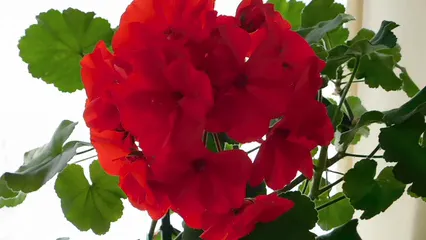
Choosing the Right House Plant
Selecting the right house plant can be exciting yet overwhelming. With so many options, how do you choose? Start by considering the light conditions in your home. Do you have bright, direct sunlight, or is it more low-light? Some plants thrive in bright spaces, while others prefer shaded corners. For example, snake plants and pothos are fantastic low-light options.
Next, think about maintenance. Are you a seasoned plant parent or a beginner? Low-maintenance plants like succulents or peace lilies are perfect for those short on time. On the other hand, if you enjoy nurturing plants and can commit to higher maintenance, consider fiddle leaf figs or orchids. To ensure your peace lily thrives, check out this Peace Lily care guide!
Space is another key factor. Large plants need ample room to grow, while smaller varieties can fit snugly on shelves or desks. Make sure to match the plant size with your available space. For those with limited space, consider a Plant Stand to showcase your greens beautifully!
Did you know over 80% of households own house plants? They make great companions, adding life and beauty to any room. Choosing plants that align with your lifestyle ensures you’ll enjoy them for years to come.
Ready to get started? Explore our top recommended plants for beginners!
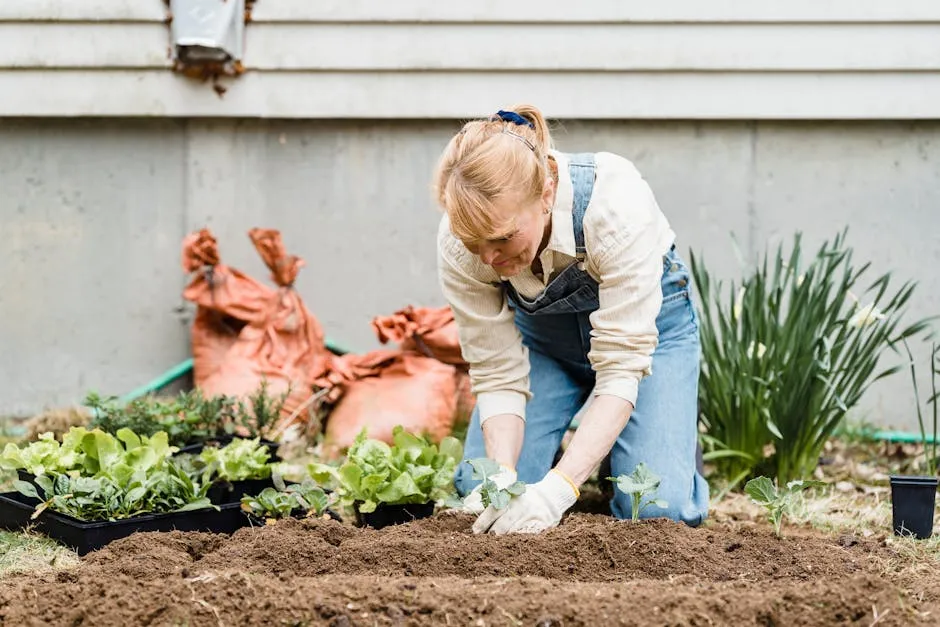
Basic Care Tips for House Plants
Taking care of house plants doesn’t have to be daunting. Here are some essential tips to keep your green friends healthy and thriving.
Watering
Watering is crucial. Most house plants prefer a watering schedule of once a week. However, this can vary by plant. For instance, succulents need less frequent watering compared to peace lilies. Always check the top inch of soil; if it feels dry, it’s time to water. Consider using room temperature water to avoid shocking your plants. A stylish Watering Can can make this task more enjoyable!
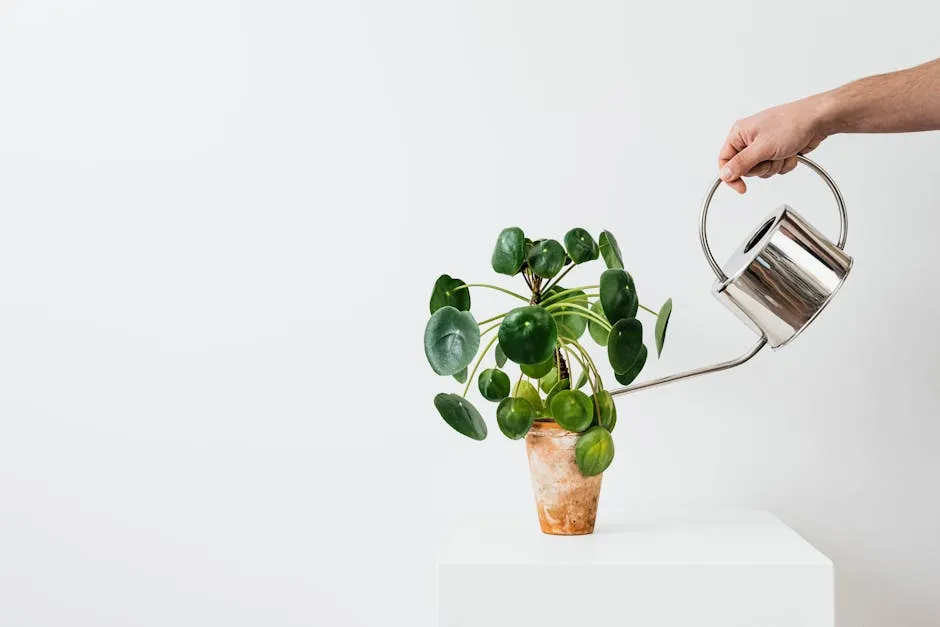
Soil Types
Choosing the right soil is vital for plant health. A general-purpose potting mix works well for many plants. However, some require specific blends. Cactus and succulents thrive in gritty soil, while orchids prefer a mix that allows airflow. Researching your plant’s needs can make a significant difference. For those growing orchids, consider using Orchid Potting Mix.
Choosing the right soil is crucial for the health of your house plants, which is why understanding different soil types is essential. Learn more about soil types and their impact on plant health.
Fertilization
Fertilizing your house plants keeps them nourished. Most plants benefit from fertilization every 4-6 weeks during the growing season. Use a balanced, water-soluble fertilizer to give your plants the nutrients they crave. Always follow the instructions on the package to avoid over-fertilizing. For an excellent option, check out Indoor Plant Fertilizer.

Pruning
Pruning helps maintain plant health and encourages new growth. Remove any yellow or dead leaves regularly. For leggy plants, trimming back stems can promote bushier growth. A good rule of thumb is to prune in spring, just as your plants begin their growth spurt. For more on pruning, check out the Best practices for pruning fruit trees in winter.
Pruning is essential for maintaining healthy plants and promoting growth. Discover best practices for pruning your plants effectively.
Did you know that with proper care, many house plants can live for several years? Some even thrive for decades!
With these basic tips, you’re well on your way to becoming a successful plant parent. Remember, each plant is unique, so it’s essential to tailor your care to their specific needs.
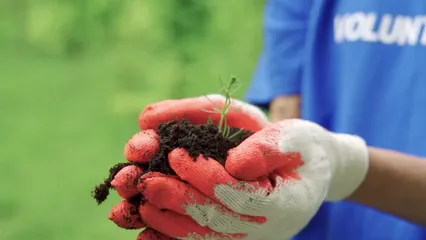
Creating the Perfect Environment for House Plants
To help your house plants flourish, creating the right environment is key. Start with humidity levels. Most tropical plants prefer humidity between 40% and 60%. If your home feels dry, consider using a Humidifier or placing water trays near your plants. You can also mist them occasionally to boost moisture.
Next, let’s talk about temperature. Most house plants thrive in temperatures ranging from 65°F to 75°F. Avoid placing them near drafts or heating vents, as sudden temperature changes can stress them. If it’s too hot or too cold, your plants may not grow as robustly. Consider using a Indoor Gardening Kit to help control your plants’ environment!
Positioning your plants is just as important. Place them where they can receive adequate light. For instance, many plants enjoy bright, indirect sunlight. A spot near a window works well, but ensure they aren’t in direct sunlight, which can scorch their leaves. If you have low-light plants like snake plants or pothos, corners of rooms can be perfect spots.
Did you know that around 70% of house plant issues stem from improper environmental conditions? Ensuring the right humidity and temperature can prevent many problems.
Ready to create a thriving indoor environment? Find out which plants thrive in your home’s conditions!

Common Issues and Solutions with House Plants
House plant ownership can come with challenges. It’s common for plant owners to face issues like overwatering or underwatering. In fact, nearly 30% of indoor plants suffer from overwatering, leading to root rot. Always check the soil moisture before watering. If the soil feels damp, wait a few days before adding more water.
Pests can also be a concern. Aphids, spider mites, and mealybugs are common nuisances. Regularly inspect your plants for signs of pests. If you spot them, consider using insecticidal soap or neem oil as a natural treatment. For more on pest control methods, refer to our article on Organic pest control methods for tomato plants.
Managing pests is crucial for maintaining healthy house plants. Explore organic pest control methods that can help protect your plants.
Additionally, plant diseases can arise. Yellowing leaves may indicate overwatering, while brown spots might suggest underwatering or a fungal issue. Identify the symptoms early and adjust your care routine accordingly. To stay on top of plant health, consider using a Soil Moisture Meter.
Statistics show that about 25% of house plant owners will encounter some form of disease in their plants. Being proactive can save your green friends from serious harm. For natural remedies for common plant diseases, you can check out Natural remedies for common plant diseases.
Understanding plant diseases and their remedies is essential for plant care. Learn about natural remedies for common plant diseases to keep your plants healthy.
Feeling overwhelmed? Get expert tips on troubleshooting your plants! A handy Plant Care App can help you manage your plant care routine!
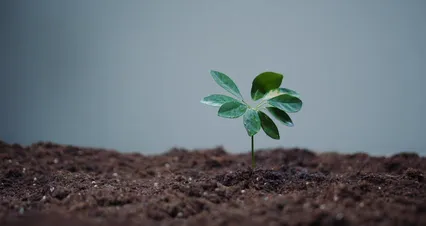
Conclusion
In this guide, we’ve uncovered the joy of house plants. They enhance your living space and improve your well-being. From purifying the air to reducing stress, their benefits are remarkable. If you’re looking to get started, consider checking out an Indoor Gardening Book for more tips!
Now is the perfect time to start or grow your plant collection. Remember to apply the care tips we’ve shared. With a little attention, your plants will thrive and bring life into your home.
Embrace the positivity that comes with nurturing house plants. They not only beautify your space but also uplift your spirit. So, go ahead and welcome these green companions into your life!
FAQs
What are the easiest house plants for beginners?
If you’re just starting, consider these low-maintenance options: – Snake Plant: Tolerates low light and infrequent watering. – Pothos: Grows well in various conditions and is forgiving. – Spider Plant: Hardy and produces “babies” for propagation. – Peace Lily: Thrives in low light; just monitor the watering. – ZZ Plant: Requires minimal care and adapts easily.
How often should I water my house plants?
Watering frequency varies by plant type. Some need weekly watering, while others prefer bi-weekly. Always check the soil moisture first. Factors like humidity and light exposure influence needs, so adjust accordingly. A good rule is to water when the top inch of soil feels dry.
Can house plants improve air quality?
Yes! Studies show that many house plants can filter indoor air pollutants. For instance, the NASA Clean Air Study found that plants like spider plants and peace lilies effectively remove toxins. Incorporating these plants can lead to a fresher, healthier home environment.
What should I do if my plant is wilting?
Wilting can indicate various issues. First, check the soil moisture. If it’s dry, water your plant. If the soil is soggy, you might have overwatered. Also, inspect for pests or disease. Adjusting light exposure can help as well.
Are there house plants that are safe for pets?
Absolutely! Here are a few pet-friendly options: – Boston Fern: A lush, non-toxic option for homes. – Bamboo Palm: Adds a tropical touch and is safe for furry friends. – Spider Plant: Not harmful to pets and easy to care for. – Areca Palm: A beautiful choice that purifies air and is pet-safe. – Calathea: Non-toxic and comes in stunning patterns. Choosing safe plants helps create a harmonious home for both you and your pets!
Please let us know what you think about our content by leaving a comment down below!
Thank you for reading till here 🙂
All images from Pexels
